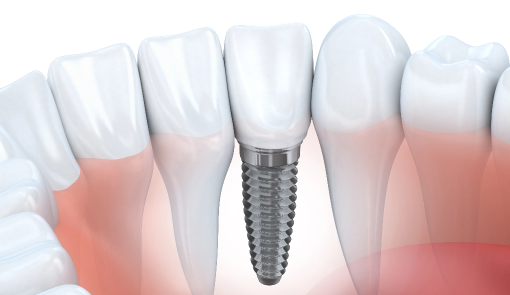Track out Journey to Harmony – Start with Professional Mediation Services
Embarking on a journey toward harmony often begins with the essential foundation of professional mediation services. In a world where conflicts and disputes can arise from diverse perspectives and interests, the role of a skilled mediator becomes paramount. These professionals serve as impartial third parties, adept at navigating the complex terrain of disagreements to facilitate constructive dialogue and resolution. The journey to harmony commences as individuals or entities recognize the need for intervention, acknowledging that a neutral and experienced mediator can guide them toward a mutually agreeable solution. Professional mediation services offer a structured and confidential environment where conflicting parties can openly express their concerns and aspirations. The mediator, armed with a toolkit of communication and negotiation skills, helps create an atmosphere conducive to understanding and cooperation.
This process fosters a sense of empowerment among the involved parties, as they actively participate in shaping the resolution rather than having decisions imposed upon them. Little Rock’s Choice for Mediation Services open communication and active listening, the mediator encourages empathy, enabling parties to grasp each other’s perspectives and work collaboratively toward a harmonious outcome. One of the key strengths of professional mediation lies in its flexibility and adaptability to diverse contexts. Whether resolving workplace conflicts, family disputes, or commercial disagreements, mediation services provide a versatile approach tailored to the specific needs of each situation. This adaptability allows for creative problem-solving, as mediators explore various options and alternatives to address the underlying issues, often uncovering solutions that may not be apparent in adversarial settings. Furthermore, the journey to harmony is marked by the emphasis on long-term relationship building.
Unlike adversarial processes that may strain interpersonal connections, mediation fosters a cooperative atmosphere that can pave the way for continued collaboration and understanding. Through the mediation journey, individuals and entities often discover that reaching a resolution is not merely about finding common ground on the current issue but also about laying a foundation for healthier interactions in the future. In conclusion, the journey to harmony commences with the utilization of professional mediation services. Mediation serves as a transformative process, steering conflicting parties away from the adversarial path and guiding them toward constructive dialogue and resolution. With its emphasis on open communication, adaptability, and relationship building, mediation provides a holistic approach to dispute resolution. As individuals and entities engage in this journey, they not only address immediate conflicts but also lay the groundwork for a more harmonious and collaborative future.



